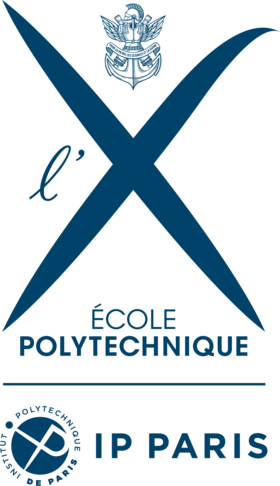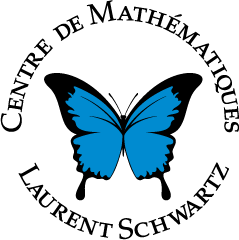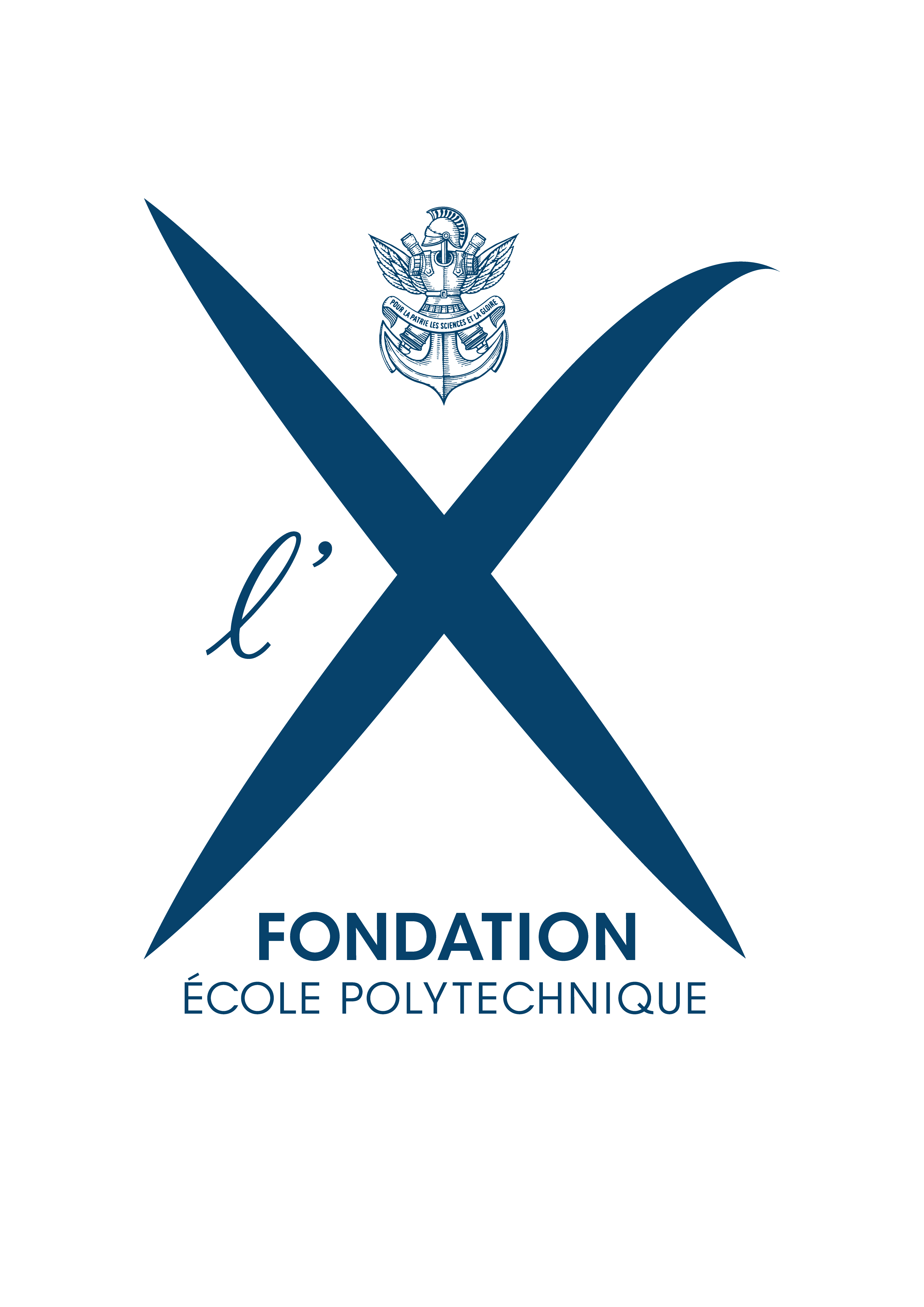TURBULENT·E·S
Amphi Curie
École polytechnique
La conférence Turbulent·e·s des 23-24 mai 2024 sera centrée sur le thème de la turbulence d'onde en mathématiques et en physique avec une ouverture vers la théorie cinétique. Les exposés ont lieu en amphi Curie à l'École polytechnique. L'inscription est gratuite mais obligatoire pour des raisons logistiques.
The "Turbulent·e·s" workshop will take place on May 23rd and 24th at École polytechnique (amphi Curie). The central topic will be wave turbulence in mathematics and physics with an opening towards kinetic theory. Registration is free but mandatory for logistical reasons.
Orateurices / Speakers:
Nathalie Ayi (Sorbonne Université)
Laurent Chevillard (ENS Lyon, Institut Camille Jordan)
Bérengère Dubrulle (CNRS & CEA)
Pierre Germain (Imperial College London)
François Golse (CMLS, École Polytechnique)
Ricardo Grande (SISSA, Trieste)
Angeliki Menegaki (Imperial College London)
Antoine Mouzard (ENS Paris)
Marjolaine Puel (Cergy Paris Université)
Organisation :
Anne-Sophie de Suzzoni
Guillaume Dubach
Annalaura Stingo
Arthur Touati
This event is funded by the SSChern-Young Faculty Award.



Annalaura Stingo
Anne de Bouard
Anne-Sophie de Suzzoni
Antoine Mouzard
Arthur Touati
Charlotte Dietze
Christian TENAUD
claude Bardos
Dahmane Dechicha
Dylan BANSARD-TRESSE
François Golse
François Vigneron
Grégoire Allaire
Guillaume Dubach
Hugo Eulry
Hui ZHU
Jacek Jendrej
Kihyun KIM
Lina Hadid
Lucas Ertzbischoff
Lucas Lesage
Matthieu Ménard
Maxime Breden
Miguel Escobedo
Olivier Hénot
Omar Kahol
Ozgur Gurcan
Pascal Millet
pierre morel
Quentin Chauleur
Quentin Lesage
Thomas Alazard
Victor Dubois
zhe chen
- +16
